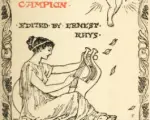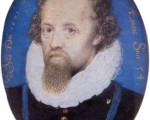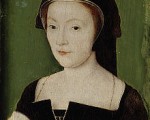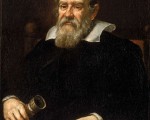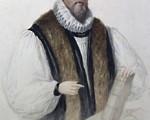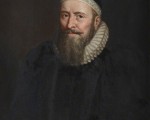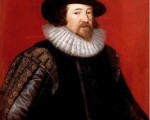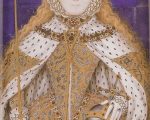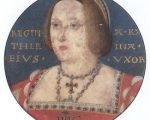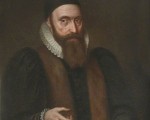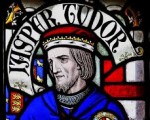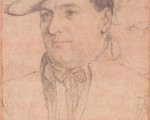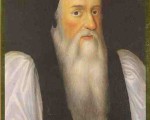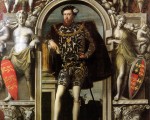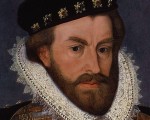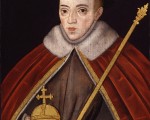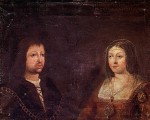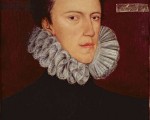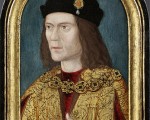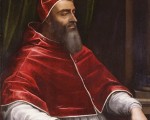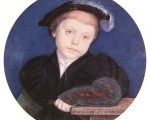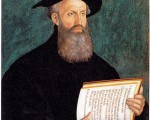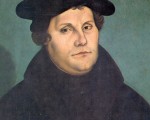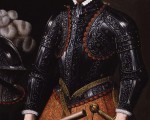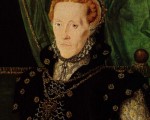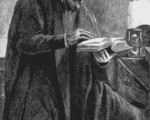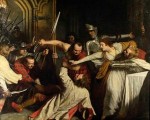
5th March:
1496 – King Henry VII of England issued letters patent to John Cabot (Giovanni Caboto), the Italian navigator and explorer. Click here to read more.
1549 – A bill of attainder was passed against Thomas Seymour, Baron Sudeley, after it was argued that his offences “were in the compasse of treason”. Seymour had been accused of attempting to kidnap his nephew, Edward VI, and also of plotting to marry the teenaged Elizabeth and put her on the throne.
1558 – Smoking tobacco was introduced in Europe by Francisco Fernandes.
1563 – Birth of Sir John Coke, politician and influential administrator during Charles I’s reign.
1572 – Death of Edward Hastings, Baron Hastings of Loughborough, nobleman and soldier. In July 1553, when Lady Jane Grey became queen, he was involved in assembling supporters of Princess Mary in the Thames Valley and became one of Mary’s trusted confidants. In the reign of Elizabeth I he was imprisoned in the Tower for hearing mass, but was released after taking the oath of supremacy.
1575 – Birth and baptism of William Oughtred, the mathematician responsible for developing a straight slide-rule, a gauging rod and various sundials. He also introduced the “×” symbol for multiplication and the abbreviations “sin” and “cos” for the sine and cosine functions.
1618 – Burial of Robert Abbot, Bishop of Salisbury, in Salisbury Cathedral.

